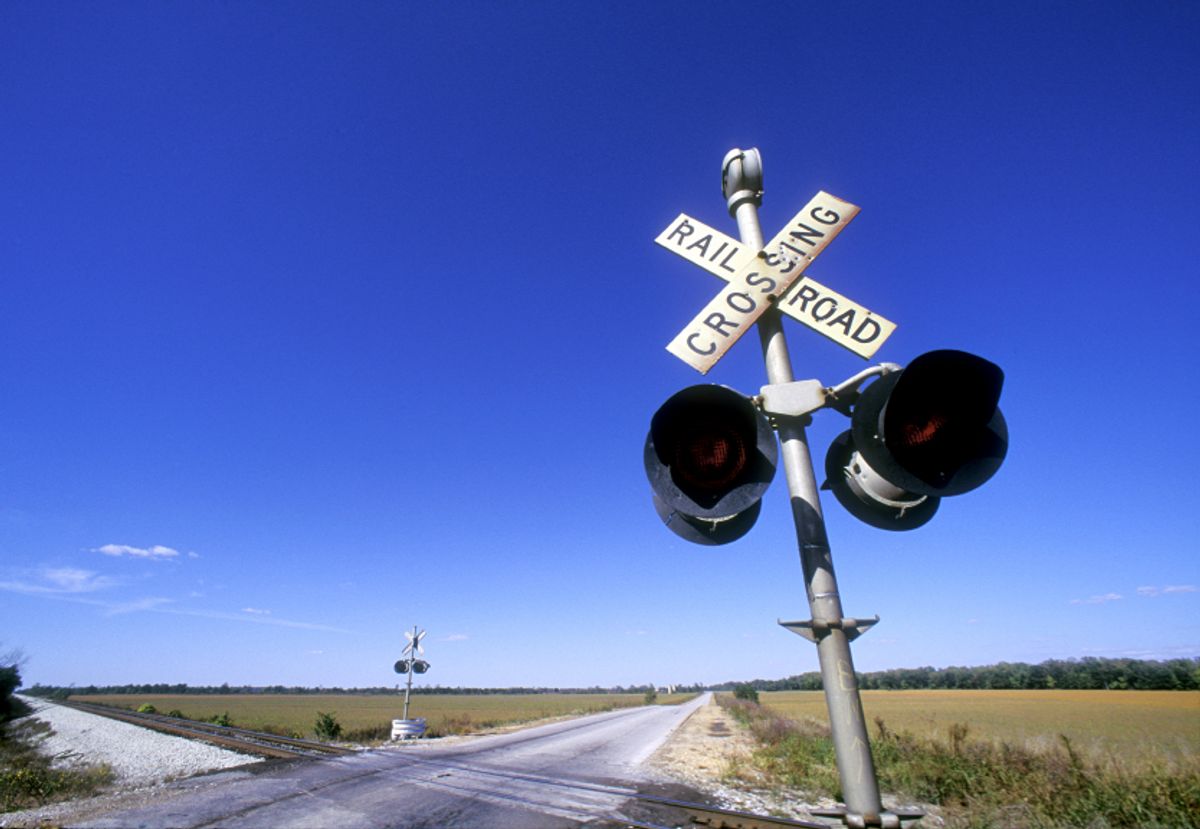
Railroad Crossing Safety Tips Focus of Government Campaign

Highway-rail grade crossings are intersections where a roadway crosses railroad tracks at the same level or grade. More than 250,000 of these crossings exist across the country. Trucks or tractor-trailers account for about 500 highway-rail grade crossing incidents annually– averaging about 10 per week.
Chuck Pagesy, director of safety, Penske Truck Leasing, encouraged truck drivers to take special care when approaching these crossings.
“Railroad crossings are inherently dangerous for large vehicles, especially those that are not guarded with gates that raise and lower as trains approach,” said Pagesy.
The FMCSA recently offered some tips to guide drivers who encounter these crossings:
- Turn on 4-way flashers to warn others that you are slowing down. Use pull-out lane if available.
- Locate your cell phone, turn off fans and radio, and roll down windows. Stop at least 15 feet, but not more than 50 feet, from nearest rail.
- Bend forward to see around mirrors and A-pillars.
- Do not enter a crossing unless you can drive completely through without stopping. And remember, trains are wider than the track. Before you pull onto the track, make sure there is enough room on the other side for the back of your vehicle (and any overhanging cargo) to be at least 6 feet beyond the farthest rail.
- Before you move, look again in both directions.
- Signal, watch for a safe gap, and pull back onto the road if you used a pull-out lane. Use highest gear that will let you cross without shifting.
- Keep going once you start, even if lights start to flash or gates come down.
Pagesy offered some advice to drivers encountering flashing signals.
“If a light appears to be stuck flashing constantly and other vehicles are ignoring it and crossing the tracks, never assume that it is malfunctioning,” Pagesy added. “Stop, look and listen. Your life may depend on it.”
In the event that your vehicle stalls or is caught on the tracks:
- Evacuate your vehicle. (Trains traveling at 60 mph may take a mile or more to stop.)
- Move away. Walk toward the oncoming train and away from the tracks at a 45-degree angle. (If your vehicle is hit, debris will spread out from the tracks in the same direction the train is moving.)
- Locate the emergency phone number. When you are safely away from the tracks, find the railroad’s emergency phone number and the DOT crossing identification number posted near the crossing.
- Call for help! Call the railroad’s emergency phone number, the local police or 911. Tell them a vehicle is on the tracks. Provide the location, crossing number (if posted) and the name of the road or highway.
“Never follow the instructions of anyone other than law enforcement or uniformed road personnel who are directing you across the tracks,” Pagesy added. “Call 911 or the posted railroad emergency contact number if in doubt or if you need assistance.”
Source: Federal Motor Carrier Safety Administration
By Bernie Mixon